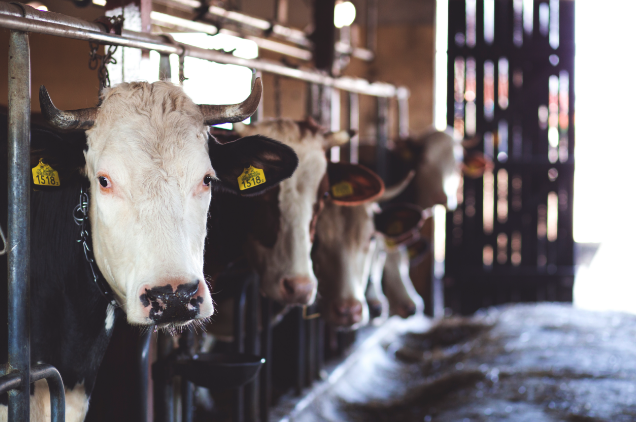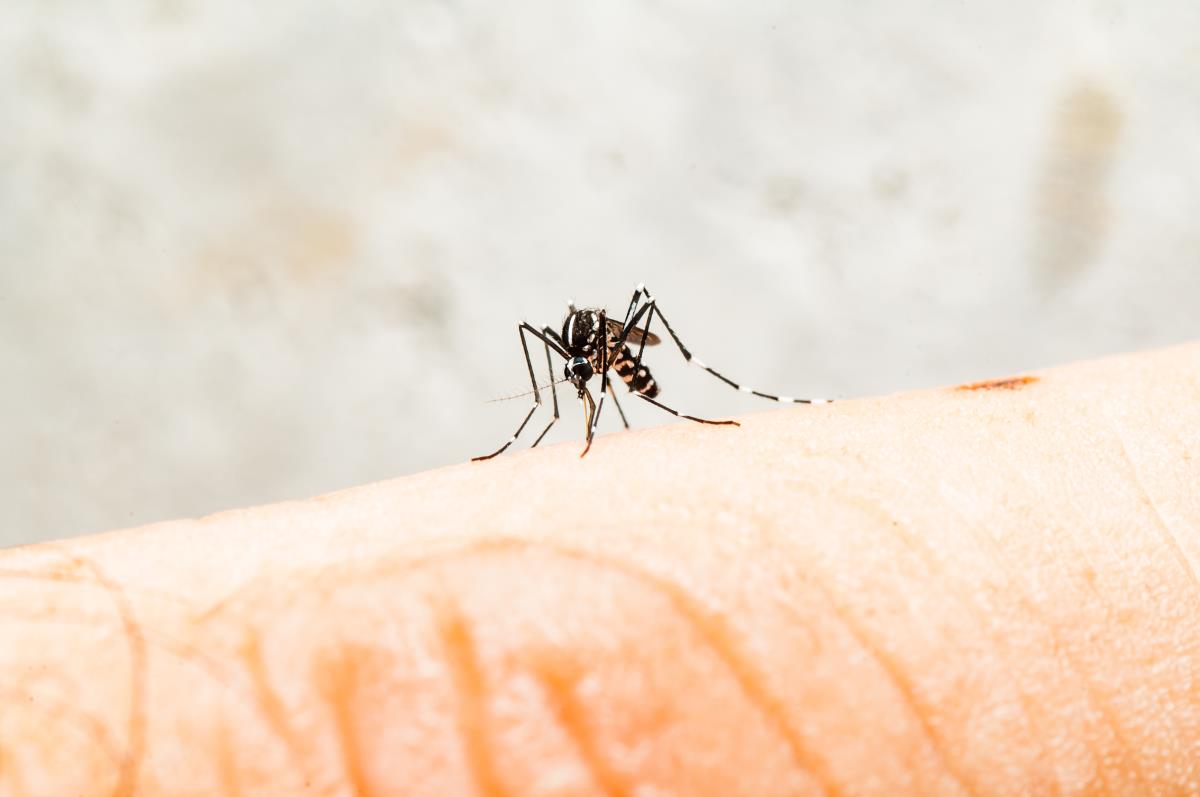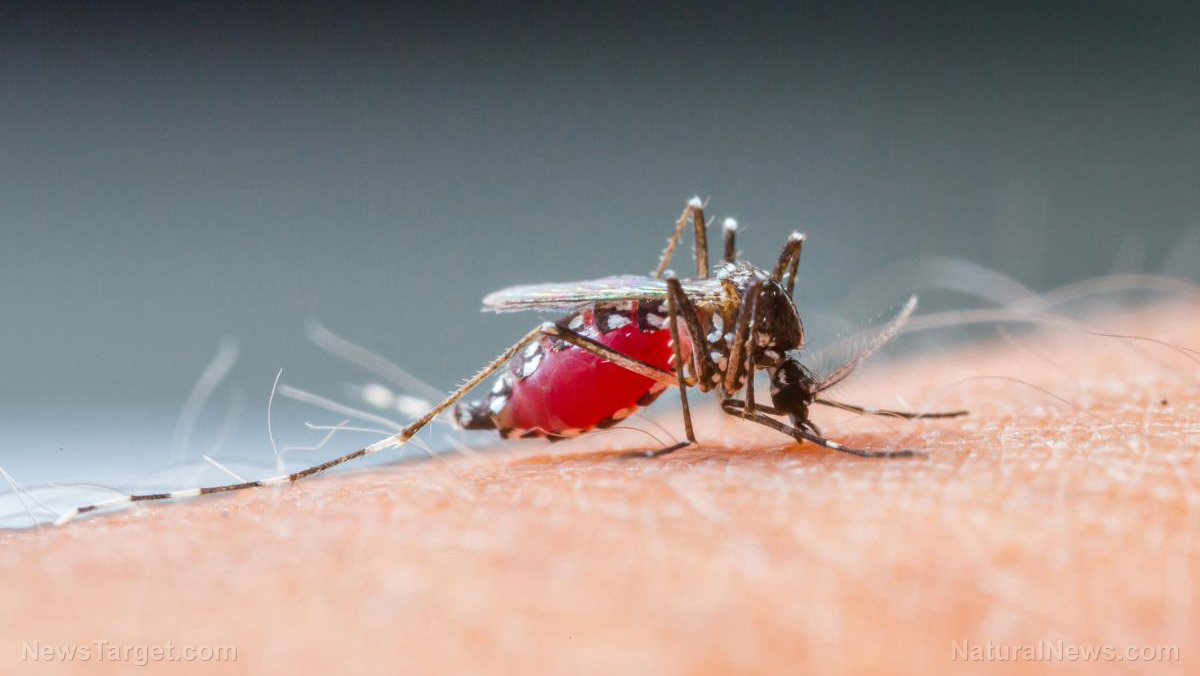STUDY: Chicken bones are proof that human activities and appetites can rapidly transform the natural world
07/14/2023 / By Laura Harris

A recent study suggests that chicken bones symbolize the abrupt transformation caused by human activity and appetites, which tipped the planet into a new geological epoch known as the Anthropocene, or the “era of humans.”
Originating from the jungles of Southeast Asia, the red junglefowl became one of the first domesticated chicken species after humans domesticated it about 10,000 years ago, prizing the bird for its meat and eggs. However, it was only after World War II that selective breeding techniques transformed it into the rotund, short-lived creature found in supermarkets worldwide today.
“The modern meat chicken is unrecognizable compared to its ancestors or wild counterparts,” explained Carys Bennett, a geologist and lead author of a study published in the journal Royal Society Open Science in 2017, which proposed chicken bones as a “marker species” of the Anthropocene. “Body size, the shape of the skeleton, bone chemistry and genetics are all distinct.”
A more compelling evidence supporting the chicken bone hypothesis is the universal presence of broiler chickens, a domesticated chicken breed found all over the world that is bred and raised specifically for its meat. Virtually anywhere humans reside, copious remains of these domesticated birds can be found. The United Nations Food and Agriculture Organization estimates that there are approximately 33 billion chickens globally at any given time.
The biomass of domesticated chickens exceeds that of all wild bird species combined. Each day, at least 25 million chickens are culled, destined for various culinary purposes across cultures worldwide.
“Chickens are a symbol of how our biosphere has changed and is now dominated by human consumption and resource use,” emphasized Bennett, an officer at People for the Ethical Treatment of Animals in the United Kingdom. “The enormous number of distinctive chicken bones discarded worldwide will leave a clear signal in the future geological record.”
Jan Zalasiewicz, an emeritus professor of paleobiology at the University of Leicester, said: “It usually takes millions of years for evolution to occur, but here it has taken just decades to produce a new form of animal.” (Related: Chicken farmer uses oregano oil, cinnamon in place of antibiotics.)
Several studies prove that chickens played an essential role at the beginning of “Eras of Humans”
One study conducted by a team of international scientists strongly suggested that the invention of dry rice farming techniques in Southeast Asia began the process that led to the eventual domestication of chickens.
The wild ancestor of chickens, the red junglefowl, lived in Southeast Asia. The practice of dry rice farming possibly attracted the fowl down from its more wild habitats to live with humans.
“Eating chickens is so common that people think we have never not eaten them. Our evidence shows that our past relationship with chickens was far more complex and that for centuries chickens were celebrated and venerated,” said Naomi Sykes from the University of Exeter, one of the lead researchers.
Archaeological evidence reveals that chickens were not used as a food source in the Iron Age in Europe. Early chickens were buried alone and unbutchered, often found alongside human remains. Males were frequently buried with cockerels, while hens accompanied females.
An extensive analysis of chicken remains from more than 600 sites across 89 countries was examined through skeletons, burial locations and historical records to establish a more accurate timeline of chicken domestication. The oldest bones of a definitively domesticated chicken between 1,650 and 1,250 BC were discovered in the Neolithic Ban Non-Wat in central Thailand.
Furthermore, Joris Peters from the Ludwig Maximilian University of Munich in Germany noted the importance of sea routes in spreading chickens to various parts of the world.
With their very adaptable, cereal-based diet, chickens were able to live and thrive all over Asia, Oceania, Africa and Europe before eventually making their way to the Americas.
Learn more about the ancient world at Ancients.news.
Watch this episode of the “Health Ranger Report as Mike Adams, the Health Ranger, provides important advice for people raising chickens for the first time.
This video is from the Health Ranger Report channel on Brighteon.com.
More related stories:
Arabian cattle cult built ancient monuments over 2,500 years before Stonehenge, study suggests.
Archaeologists unearth Medieval poop that might hint at what a healthy gut microbiome looks like.
Beginner’s guide to raising chickens: Terms you definitely need to know.
Sources include:
Submit a correction >>
Tagged Under:
ancient history, Anthropocene, artifacts, breakthrough, chicken, discoveries, domesticated chicken, Ecology, environment, food supply, human history, humanity, Poultry, real history, real investigations, red junglefowl, research
This article may contain statements that reflect the opinion of the author
RECENT NEWS & ARTICLES
COPYRIGHT © 2017 ECOLOGY NEWS




















